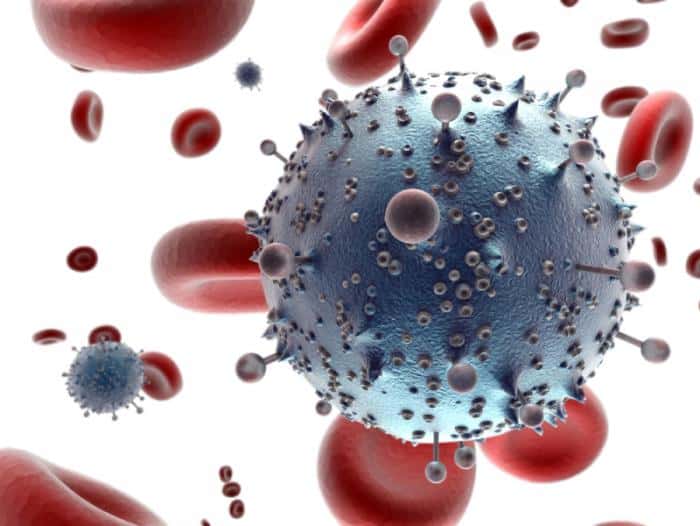Graduation is a time to celebrate accomplishments and look forward to new and exciting adventures. When the celebrations venture into underage drinking, which commonly happens when young people are in celebratory moods, dangerous situations can develop.
Underage Drinking Statistics
Despite the strict drinking laws for young people in the United States, alcohol is the most commonly used and abused drug among youth under 21 years old, in the United States. According to the Centers for Disease Control and Prevention, more than 4,300 underage people die every year due to excessive drinking. Young people between the ages of 11 and 20 years old consume 11 percent of all the alcohol in the United States. Binge drinking, a common drinking behavior among young people, accounts for more than 90 percent of underage alcohol consumption. In 2010, about 189,000 visits to emergency rooms by people under 21 years old were attributed to have alcohol as the cause. In a 2013 study by the Substance Abuse and Mental Health Services Administration, high school students admitted that in the last 30 days:
- 35% consumed alcohol
- 21% reported binge drinking
- 10% drove a vehicle after drinking alcohol
- 22% rode in a vehicle with a driver who had consumed alcohol
Graduation season typically sees increases in alcohol use and abuse among underage people. There are proms, graduation parties, homecoming events and more, all happening when the weather is warming. Young people are looking forward to the end of school and the start of vacation. The party atmosphere is infectious, and frequently, people under 21 experiment with alcohol. Parents who are alert and diligentcan help minimize underage drinking episodes and the consequences. When your child knows you’re savvy and looking out for the signs of drinking and ready to apply consequences if rules are disobeyed, you’re gaining an edge that can help your child avoid temptations and stay safe. Look for these signs of underage drinking:
- Problems with grades or behavior issues in school
- Socializing with a different group of friends
- Lack of interest in activities
- Less attention to appearance
- Smelling alcohol on breath
- Slurred speech
- Clumsiness, confusion
- Lack of focus, memory problems
The Risks of Underage Drinking
Besides the obvious, where youths can injure themselves and others by drinking and driving, other risks are involved as well. Drinking impairs a person’s judgment, and underage drinking can lead to further risky behaviors, like unprotected sex or angry outbursts leading to injuries and arrests. Once an underage person is under the influence, they are more vulnerable to dangerous situations and people. The risk of being mugged, sexually assaulted or beaten, resulting in serious harm, increases greatly. Underage drinking leading to an alcohol problem later in life is also a risk. Research shows that people who drink before 15 years old are four times more likely to have alcohol dependence later in life.
Be Aware and Vigilant
It’s important to be tuned in, especially during graduation season, to young people who may be drinking. Being vigilant, while letting young people know you’re watching, can go a long way in preventing underage drinking or heading off alcohol issues before any serious consequences arise.










